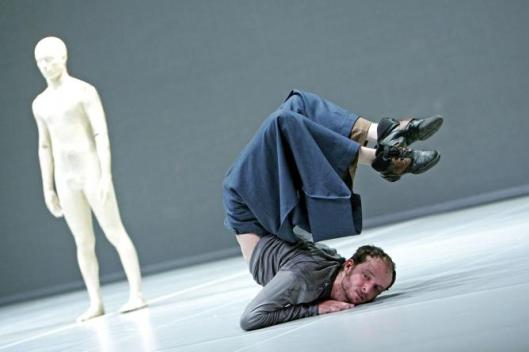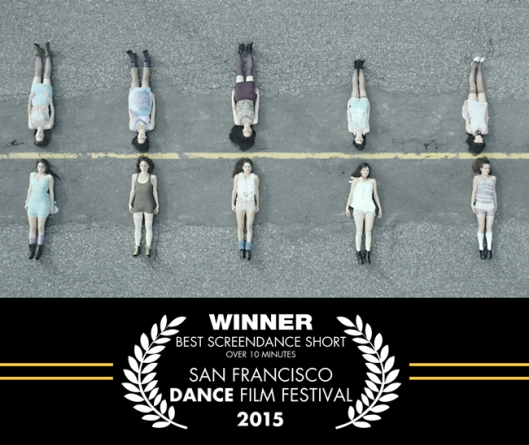The OK Dance Film Festival opens tonight at First Friday at the Hardesty Arts Center (AHHA), with an installation of short films in the delightfully cozy viewing pod filmmaker Geoffrey Hicks designed and built, from which viewers can come and go as they please, as well as a third-floor screening of the gorgeous documentary “The Need to Dance,” about the Flemish/Moroccan contemporary choreographer Sidi Larbi Cherkaoui.

Dance film is a genre of art-making that by its nature falls between cracks, and sprouts there. Is it visual art, or performance? Presentational, or internally focused? What can we see when we look at dance on camera that we can’t see when we look at dance in a theater? Are we supposed to look at the film, or the dance in the film, or the dance through the film?
In short: yes. (Some of those questions are addressed in my post “What’s a Dance Film, and Why?” from 2011.) The festival itself puts it this way: “Dance films create a bridge between visual and performance arts; they redefine the idea of ‘moving-pictures’ and construct a new stage for dance.”
The films in this year’s festival — which runs February through April at AHHA, with different films on different themes each month, and a Best of the Fest screening at the Circle Cinema at the festival’s close — are sensuous, vertiginous, haunting, funny, colorful, swooningly textural, perplexing, tender, and awe-inspiringly innovative. (Disclosure: I’m on the committee that helps to select them, from among an ever-growing number of submissions from around the world.)

“PAS,” selected for the 2016 OKDFF
Now in its 8th year, presented by The Bell House, the OKDFF is one of the success stories in Tulsa dance. Director / curator Jessica Vokoun, who teaches at the University of Tulsa, has experimented with many modes of bringing the art of the dance film to our community, partnering with local organizations to find just the right way to engage Tulsans with the films, and vice versa.
As with many things in the Tulsa arts landscape, success has come for the OKDFF through persistence, patience, and willingness to adapt and reboot again and again. It’s no coincidence that Vokoun and Bell House director Rachel Bruce Johnson are both accomplished dance-film-makers themselves. When you love something, you find a way to keep it alive, in spite of indifference and obstacles and exhaustion; gradually, quietly, its aliveness becomes important to us all, a part of our communal vocabulary for engaging with and thinking and speaking about life. Bravo to all the partners and collaborators who have been part of the OKDFF’s surviving and thriving.
